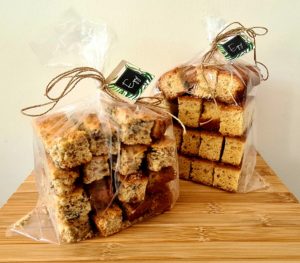
Anèl Ham – Rusk and Beskuit
Home made rusks / Tuisgebakte beskuit Mueslibeskuit = EUR 8 vir 500g Karringmelk = EUR 6 vir 500g Delivery cost is additional and will depend
Rheinland-Pfalz is an amazing state located in Western Germany, and it is certainly worth exploring. It shares its borders with other German states such as North Rhine-Westphalia, Saarland, Baden-Württemberg and Hesse. Even more amazing is that it borders France, Luxemburg and Belgium, opening vast opportunities for cultural exchange and adventure. As the state with the most forests, nature enthusiasts will have a field day exploring its numerous beautiful places. The Rhine River also meanders through the East of the state, doubling as the border between Hesse. The Eifel region is home to sleepy volcanos that form part of an unforgettable Volcanoes route.
You certainly don’t want to miss out on Rheinland-Pfalz’s natural beauty and diverse culture!
70% of all German wines originate from the picturesque and idyllic Rheinland area. The region has a long history of winemaking dating back to the Roman Empire and is known for producing some of the world's finest wines, from crisp whites to rich reds. The Schloss Wachenheim Group is the world leaders in sparkling wine production
There are over 80 castles in the region. Some of the most famous ones include the iconic Eltz Castle and the breathtaking Cochem Castle
The Moselle river, with its picturesque surroundings, flows through the region, making it a popular destination for nature lovers and adventure seekers alike. But that's not all - the region is also home to some of the most spectacular dormant volcanoes in Europe, attracting visitors from across the globe.
Almost 300km of the Rhine flows through Rhineland-Palatinate. The Moselle, Nahe, Lahn and Wied rivers also flow through the region
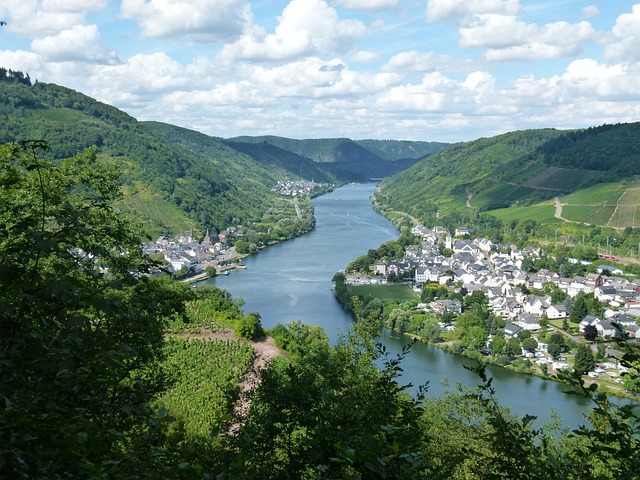
The Moselle Valley is an incredibly picturesque region that is renowned for being one of the most breathtaking areas in Germany. This area is also known for its culinary delights and world-renowned white wines produced in the vineyards that gracefully stretch throughout the region. The Moselle Valley is home to many charming towns and peaceful countryside areas where you can experience the authentic culture of France, Germany, and Luxembourg
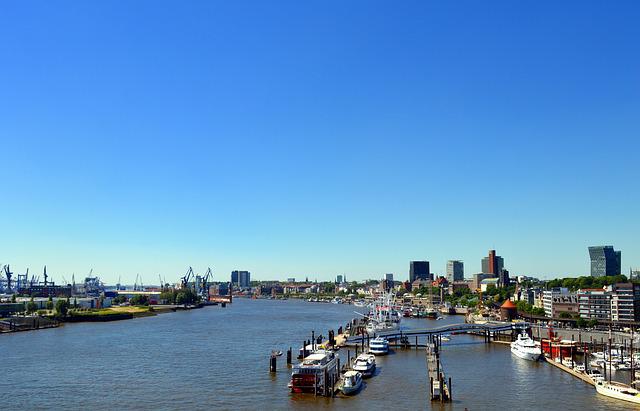
The Rhenish Massif region is rich with geological history. It is a notable geologic massif that consists of a complex assemblage of metamorphic rocks. These rocks are unique in their composition, texture, and structure, and have been formed through millions of years of intense geologic and tectonic activity. The area boasts of unique ecosystems that is home to a diverse range of plant and animal species.

The Eifel Region is located in western Germany and eastern Belgium. It is a low mountain range that is an absolute delight for nature lovers and hikers alike. The breathtaking landscapes and towering mountains are the perfect places to immerse oneself in the natural beauty of the region. With picturesque towns and villages dotting the idyllic countryside, the Eifel Region offers an escape from the hustle and bustle of city life.
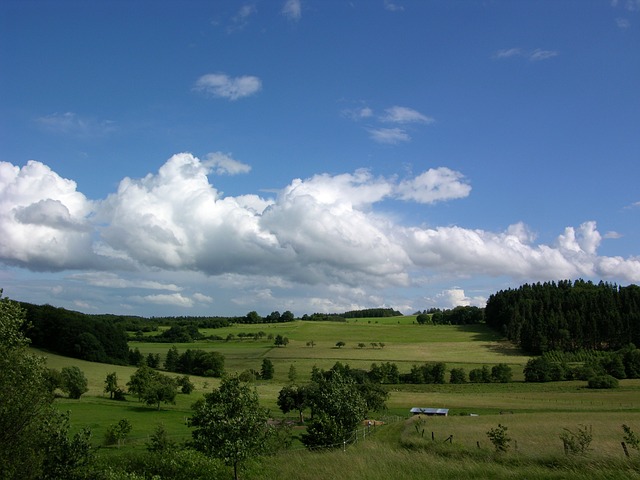
The Westerwalt is a low mountain range situated on the banks of the scenic and historically significant Rhine River. It is a nature lover's paradise, and it is renowned for its lush green landscapes and breathtaking scenery.

The Nahe Valley is a renowned and celebrated wine region, which boasts a rich history and a diverse range of grape varieties. Wine lovers and enthusiasts alike are drawn to this area, not only for the quality of wine, but also for the scenic landscapes and picturesque vineyards. The Nahe Valley offers an array of distinctive wines, including dry Rieslings, full-bodied Pinot Noirs, and spicy Gewürztraminers.
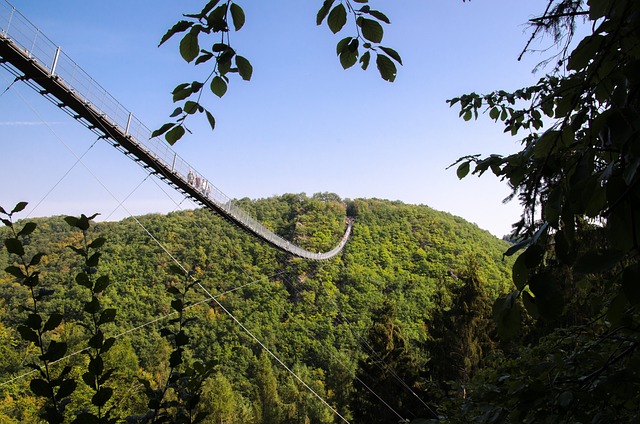
The Hunsrück mountains are formed primarily of quartzite, sandstone and slate, and is home to a rich diversity of flora and fauna. The area is a favorite destination for hikers and nature lovers who find solace in the serene surroundings and spectacular vistas. The Geierlay suspension bridge is 360 meters long and up to 100 meters above the ground
The following specialities are typical for the region
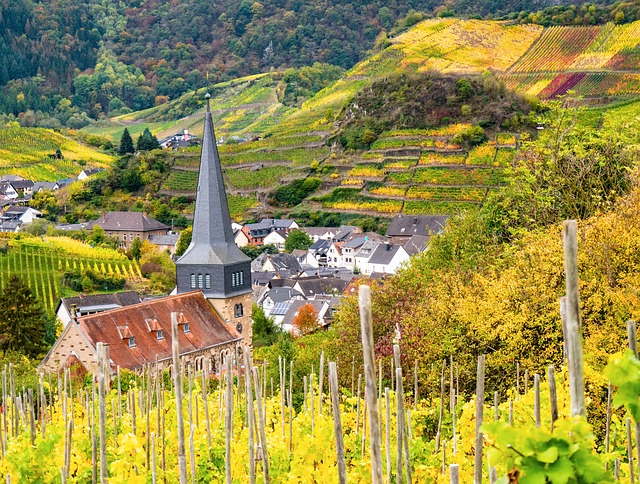
Some of the well-known festivals are:

Home made rusks / Tuisgebakte beskuit Mueslibeskuit = EUR 8 vir 500g Karringmelk = EUR 6 vir 500g Delivery cost is additional and will depend

From the Hocheifel to the world! With a destination knowledge of over 140 visited countries on all 6 continents, we help you to make the
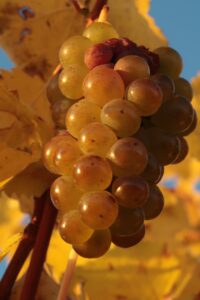
Federweißer Depending on the harvest, fresh Federweißer or new wine is available from late summer to the end of October. Depending on the time of year
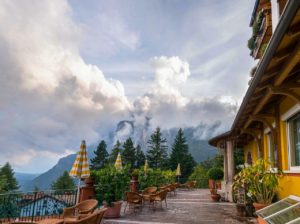
Germany, known for its rich cultural heritage, stunning landscapes, and vibrant cities, offers a diverse range of accommodation options to suit every traveler’s needs. Here’s
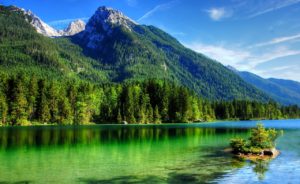
Germany is a beautiful country with diverse landscapes and many regional specialties.To add your suggestions please submit it via this form Below are some travel
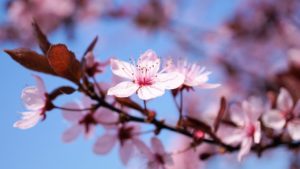
German Climate Germany’s climate is temperate and marine, with cold, cloudy winters and warm summers and in the south occasional warm föhn wind. The greater
You must be logged in to post a comment.